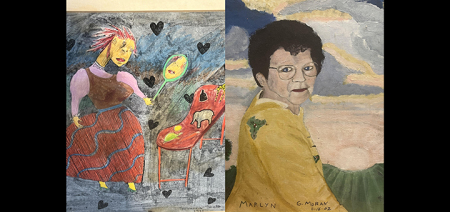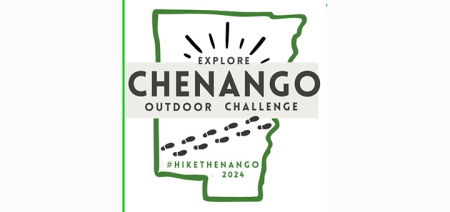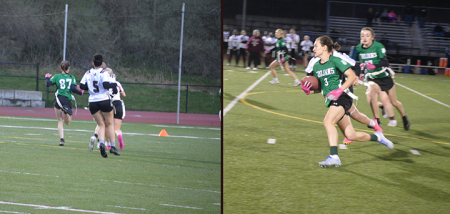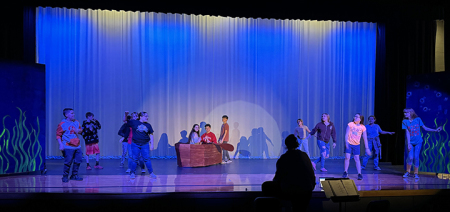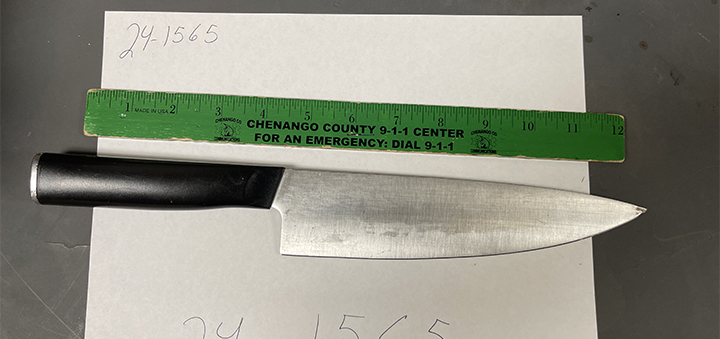Outdoor Chenango: Cruising
Published:
October 20th, 2021
By:
Eric Davis
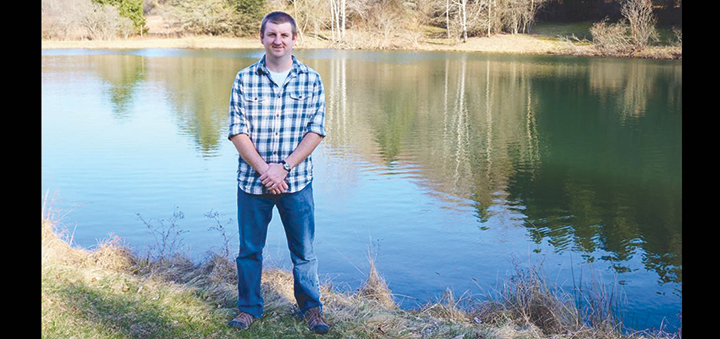
This week should be the start of whitetail bucks thinking about the first doe that comes into estrous. As this phase hits, bucks start to roam in search of hitting the scent of a doe that is ready to breed. While they will hit areas where they know does hang out and use, the need to find the first hot doe can lead a buck to travel and to make fatal mistakes.
Using a doe-in-heat urine can bring a buck in on a string if used correctly. Put the urine on a wick and drag the wick behind you as you walk to your stand or blind. Try to drag it across as many deer trails as you can on your way in. Remember to walk to your stand so the wind will not be blowing from your stand to where the scent trail will be.
Once you get close to your stand, decide what path you want the deer to take as it comes in. Then walk that route with the drag, ending at a place where you have a clear shooting lane. Hang the wick on a branch and add some more urine to it. Be prepared as does may also follow the scent trail. The first deer I shot with a bow was a doe that follow a scent drag to my setup.
When bucks are cruising, some of them will respond to calling. As the first does come into heat, bucks are still establishing who is the alpha. Rattling antlers with a little bit of aggression can bring other bucks in to get in to see who beats who, or to get in on the action themselves. Throw in some longer grunts or growls to sound like two bucks deciding who is in charge.
If you see a buck at a distance, you can try some shorter tending grunts to imitate a buck that is tending to a hot doe. The thought that there is a hot doe can bring a buck in hoping to run off whatever buck is already there.
If you prefer to keep a more hands-off approach by skipping the use of lures or calls, hunt food sources.
Bucks will be trying to pack on some fat reserves before the rut is fully here. So, think carbohydrates when thinking of the food. Hard mast such as acorns or agriculture leftovers like corn or soybeans will attract deer as the temperatures start to drop.
If you can setup on the downwind side of these feeding areas, you can catch bucks that come in to use the wind to get the scent of any does the area to see if any are in heat.
No matter where you hunt or what technique you use, there are other things to pay attention to at this point in the season.
The first is to really watch what a deer is doing when you see it. A deer that is looking back a lot often gives away the fact that another deer is coming behind them. If a deer seems to be very alert to your presence, wait until it is behind obstructions before moving or move extremely slowly if you must move.
A deer blowing out in front of your stand can keep those deer that are just out of sight from coming in.
If you have trail cameras out, check them at least once a week to keep up with what deer are around and what time they can using the area so you can decide what stand is best.
Author: Eric Davis - More From This Author
Comments

